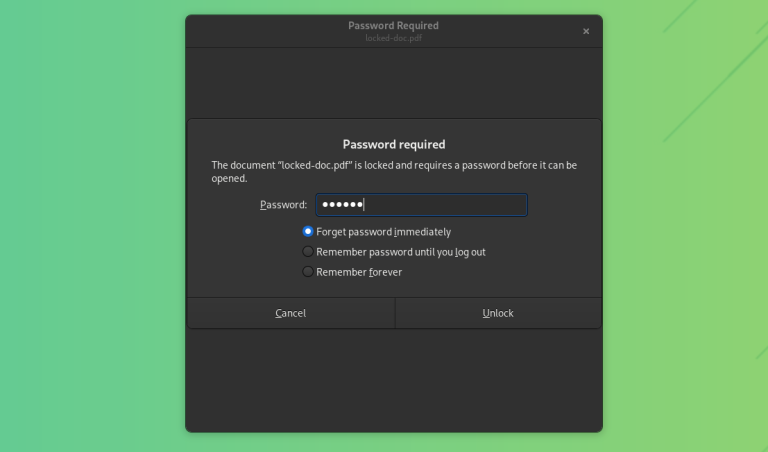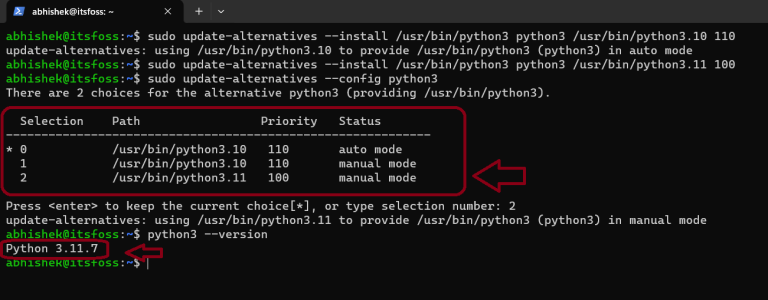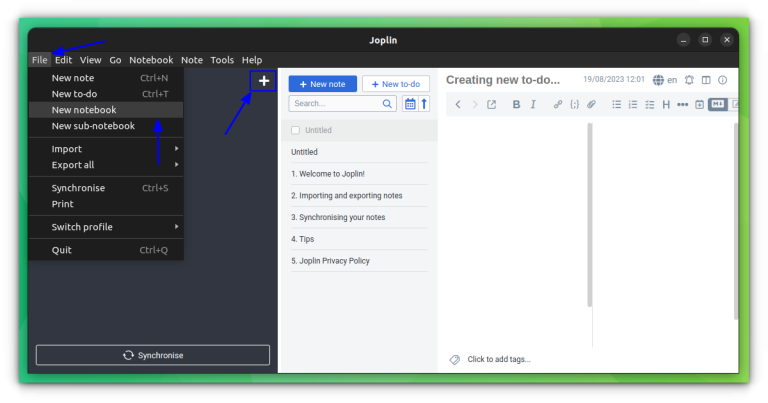Channeling Traffic with Nginx as a Reverse Proxy Server on Debian
In the bustling digital landscape, managing web traffic efficiently is akin to directing a riveting orchestra, with each request hitting the right note at the desired tempo. Central to this symphony is the conductor, the reverse proxy server, ensuring each request reaches its designated section, be it the strings, brass, or percussion, represented by the different servers in a network. Among the maestros of this domain is Nginx, a versatile, high-performance web server famed for its capability as a reverse proxy server. This article dives into the intricacies of setting up Nginx as a reverse proxy server on a Debian system, elucidating each step to empower you with a robust setup ready to handle the crescendo of web requests.
Introduction
Defining the Reverse Proxy
The reverse proxy server sits between the client and the server, routing client requests to the appropriate server and returning the server’s response to the client. This setup offers several benefits including load balancing, SSL encryption, and caching static content, ensuring optimal performance and enhanced security.
Nginx: The Digital Maestro
Emerging from the realms of Russia in 2004, Nginx was crafted to address the C10k problem, the challenge of handling 10,000 simultaneous connections on a web server. Its event-driven architecture makes it a stellar choice for high-traffic environments, showcasing remarkable performance as a reverse proxy server.
Prerequisites
System Tuning
Before the baton is raised, ensure your Debian system is finely tuned. A modern system with a minimum of 1 GB RAM and a single-core CPU will suffice, though more robust specifications are recommended for high-traffic scenarios.
Linux and Networking Acumen
A foundational understanding of Linux systems and networking is essential to navigate the intricacies of setting up a reverse proxy server.
Preliminary Setup
An updated Debian system lays the foundation for a smooth setup. Ensure your system is updated with the latest packages and dependencies using the apt package manager.
Installing Nginx
Acquiring Nginx
The first note of our symphony begins with the installation of Nginx. On your Debian system, execute the following commands to install Nginx:
bash sudo apt update sudo apt install nginx
Installation Encore
Verify the installation by checking the Nginx service status:
bash systemctl status nginx
Configuring Nginx as a Reverse Proxy
Decoding Nginx Configuration
The Nginx configuration files are the sheet music directing the flow of web traffic. Understanding the structure and location of these files is paramount for a successful setup.
Penning the Proxy Configuration
Tailoring the Nginx configuration to function as a reverse proxy entails editing the configuration files to define proxy settings and direct traffic to your backend server.
Testing the Reverse Proxy Setup
Syntax Rehearsal
Before the grand performance, a rehearsal is crucial. Test the Nginx configuration for syntax errors with the following command:
bash nginx -t
Connectivity Concerto
Verify the reverse proxy setup by ensuring it correctly forwards requests to the backend server, orchestrating a seamless flow of traffic.
Advanced Configuration
Load Balancing Ballet
Choreograph a ballet of requests dancing across multiple servers, sharing the load, and ensuring uninterrupted performance.
SSL/TLS Symphony
Compose a symphony of secure connections by setting up SSL/TLS encryption, safeguarding data as it traverses the digital realm.
Monitoring and Maintenance
Performance Prelude
Tune into the performance of Nginx with monitoring tools, keeping a vigilant eye on the system’s rhythm and harmony.
Maintenance Movement
Regular maintenance tasks are the practice sessions ensuring the longevity and robustness of your setup, ready to perform at the crescendo of web traffic.
Conclusion
The journey from the quiet prelude of installation to the grand finale of a fully functional reverse proxy setup with Nginx on Debian is akin to mastering a musical piece. With each configuration note, you’ve orchestrated a robust setup ready to handle the crescendo of web requests, ensuring a harmonious performance. As you delve deeper into the advanced configurations, you’re composing a digital symphony, mastering the stream of web traffic, and channeling a masterpiece of network management.





